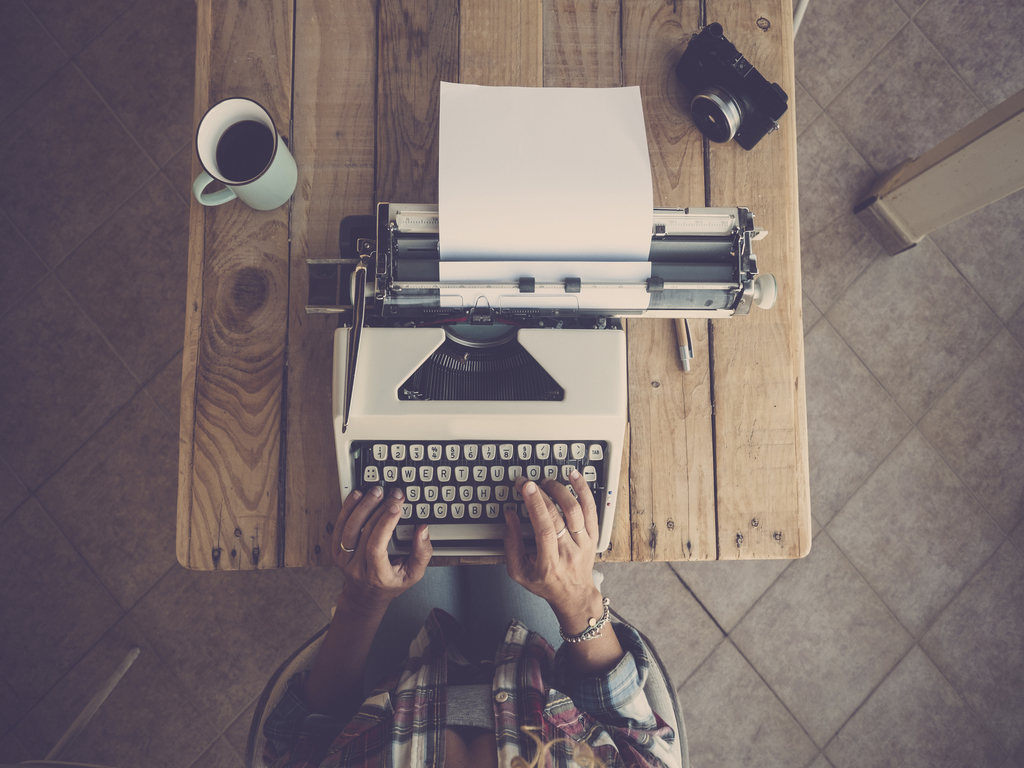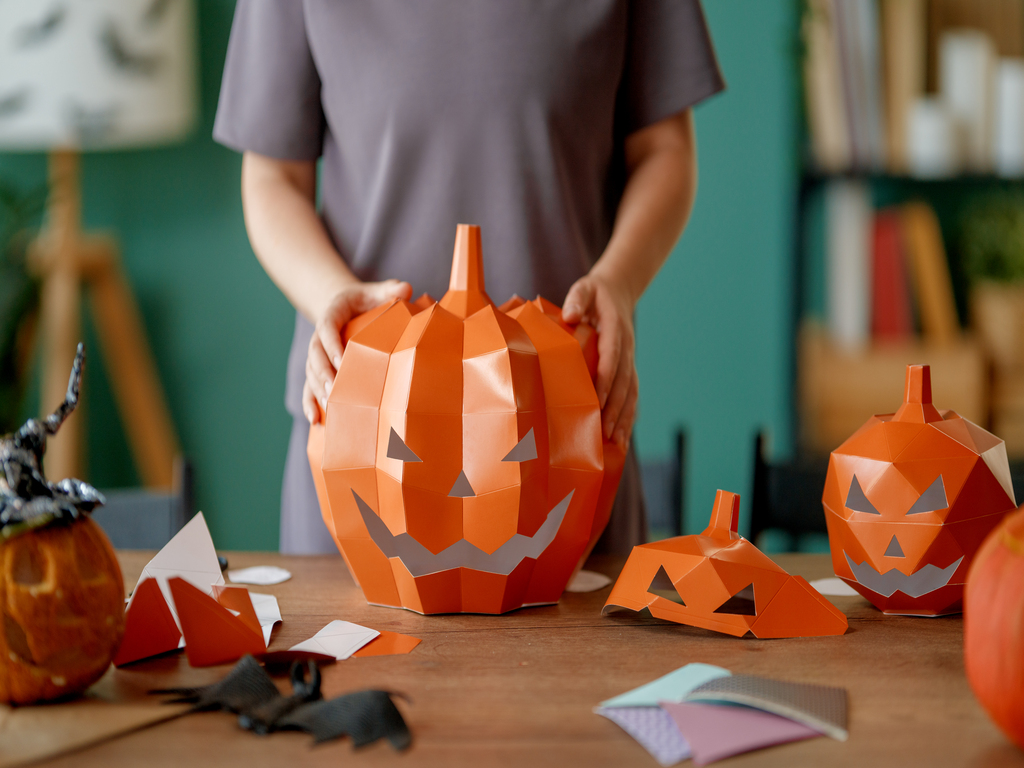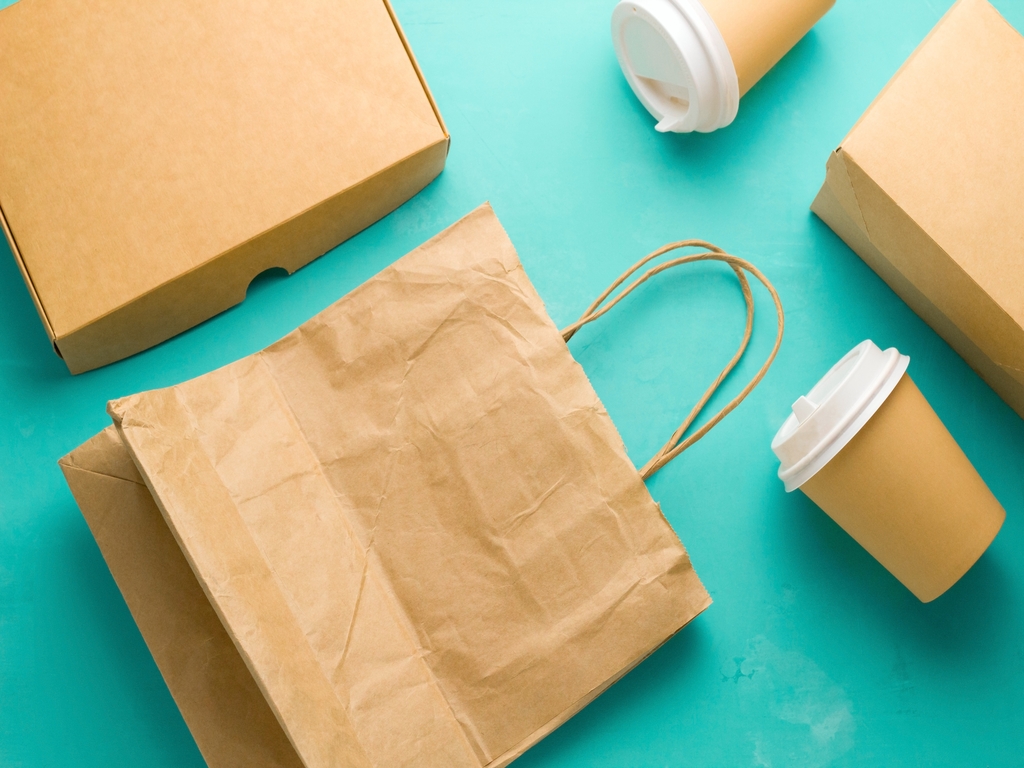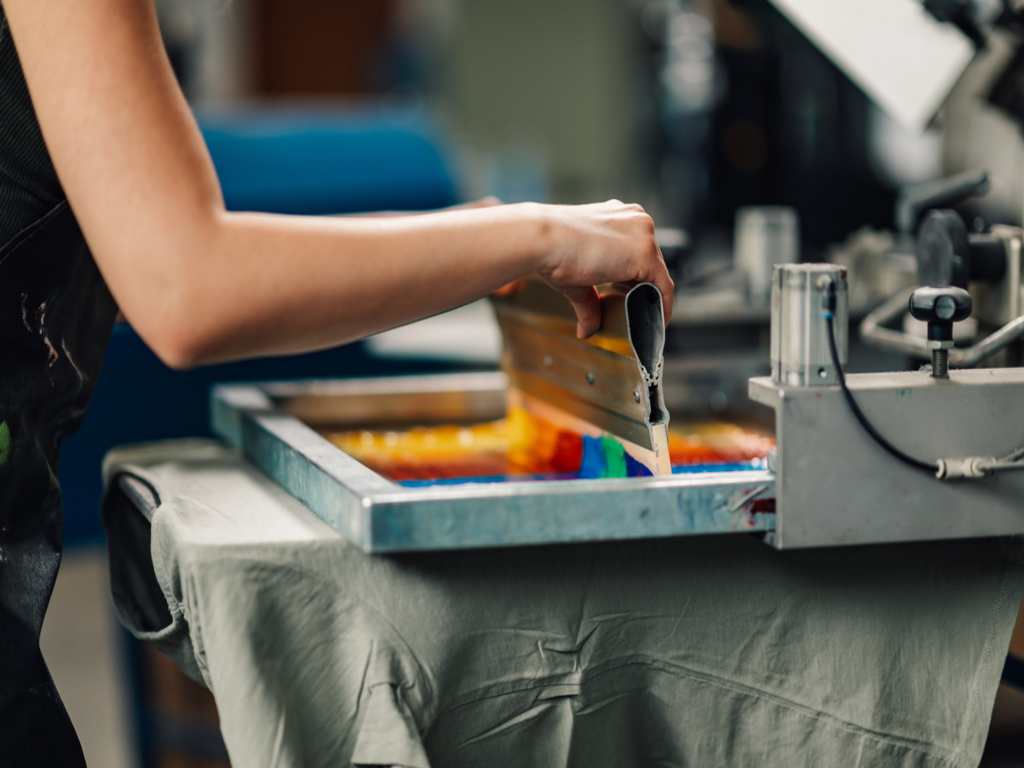16 Different Types of Paper – Their Uses and Properties
The types of paper available today serve an array of functions, from printing to packaging and crafting. Understanding the right type of paper for your project can significantly impact the result. Here’s a deeper dive into 16 different types of paper, along with their key uses and properties.
1. Bond Paper
Bond paper is a durable and high-quality type of paper, often used for official documents like letters, forms, and contracts. It has a fine texture and is available in different weights, making it versatile for everyday office printing. Because of its durability, bond paper is often used for archival documents as well.
2. Cardstock
Cardstock is thicker and sturdier than regular paper, making it suitable for projects requiring durability, such as business cards, postcards, and greeting cards. It comes in various finishes (matte, glossy, or textured) and is ideal for invitations and other high-impact items that need to last. The thickness of cardstock gives it a premium feel.
3. Coated Paper
Coated paper is treated with a surface layer that can be glossy, matte, or satin, enhancing the paper’s ability to display vibrant colors and sharp details. It’s commonly used for high-quality printing, such as magazines, brochures, and product packaging, where aesthetics are crucial.

4. Parchment Paper
Parchment paper is a kitchen staple used for lining baking sheets, but it’s also used in crafts and calligraphy. Its heat-resistant and non-stick properties make it ideal for cooking, while its smooth surface allows for precise handwriting in decorative projects. Parchment paper is chemically treated to provide extra strength and heat resistance.
5. Newsprint Paper
Made from wood pulp, newsprint is lightweight and inexpensive. It is primarily used for printing newspapers and other periodicals that have a short shelf life. Although it has a rough texture and is prone to yellowing, its affordability makes it the go-to option for mass publications. It’s also used in craft projects and packing.
6. Recycled Paper
Recycled paper is made from reprocessed materials and is a more eco-friendly option. Available in many varieties (like cardstock, bond, and coated paper), it reduces the demand for new raw materials and lowers environmental impact. Recycled paper is widely used in offices, for packaging, and even for premium printing.
7. Glossy Paper
Glossy paper has a reflective finish that enhances the appearance of images, making it the preferred choice for printing photos and promotional materials. This paper can make colors more vibrant and text sharper. It’s commonly used in photo printing, marketing brochures, and magazines.
8. Tissue Paper
Tissue paper is a lightweight, thin paper typically used for wrapping delicate items, gift wrapping, and crafting. Its translucent quality and softness make it suitable for packaging sensitive items like glassware or clothing. In crafts, tissue paper is often used to create decorations like paper flowers.
9. Kraft Paper
Kraft paper is known for its strength and durability. It is used in packaging, especially for making grocery bags, wrapping, and shipping parcels. The natural brown color of unbleached kraft paper gives it a rustic, environmentally friendly appearance, while the bleached version is often used for higher-end packaging.

10. Business Form Paper
Business form paper is smooth and lightweight, designed for documents like invoices, receipts, and other business forms. It’s engineered to pass through printers and copiers without issues and is durable enough to handle multiple interactions, ensuring important details remain legible over time.
11. Inkjet Paper
Inkjet paper is specifically designed to absorb ink quickly and evenly, preventing smudging. It’s available in a variety of finishes, such as matte, glossy, or satin, depending on the desired outcome. Inkjet paper is commonly used for printing high-resolution images and documents that require precise color and clarity.
More Specialized Paper Types
12. Tobacco Paper
Tobacco paper is a thin, specialized type of paper used to roll tobacco and other herbal products. Its low density and smooth texture allow it to burn slowly and evenly. Modern tobacco papers are often made from rice or hemp fibers for a cleaner burn.
13. Box Covering and Lining Paper
This paper is used in packaging to provide both protection and aesthetic appeal. It’s commonly found in products like gift boxes and high-end packaging where presentation is important. The paper adds an extra layer of durability to the exterior of boxes.
14. Wax Paper
Wax paper is coated with a thin layer of wax, making it moisture-resistant and non-stick. This makes it ideal for food storage and preparation, as well as crafting projects that require a barrier between surfaces.

15. Newsprint Paper
Newsprint is an inexpensive, low-grade paper used primarily for printing newspapers. It is made from wood pulp and is designed for short-term use. Its lightweight, rough texture and tendency to yellow over time make it less durable, but suitable for mass-printed, disposable products.
16. Inkjet Paper
Inkjet paper has a specially coated surface that absorbs ink quickly without spreading, ensuring that printed images and text appear sharp and clear. This type of paper is used for high-resolution image printing and is available in various finishes like glossy, satin, and matte.
Selecting the Right Paper
When planning a printing project, choosing the right paper is crucial. Whether you need durable paper for packaging or high-gloss finishes for promotional materials, Triboro Printing provides expert guidance on selecting the best paper for your project. Their wide array of paper types ensures you’ll find the right match, whether you need glossy finishes, recycled options, or high-end cardstock. Visit Triboro Printing to explore their options and get started on your next project.




